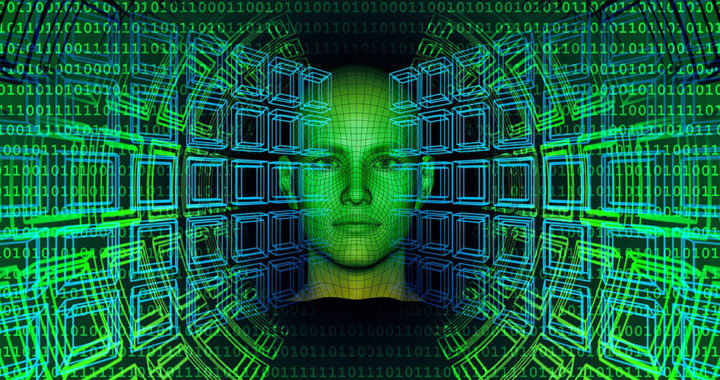It is easy to confuse the difference between artificial intelligence or AI and machine learning or ML. Manufacturers of consumer electronic devices and some software developers have frequently interchanged these two terminologies in their marketing messaging. However, it is important to highlight to understand what ML is and how it is different from AI.
Artificial Intelligence vs. Machine Learning: What is the Difference?
The difference between artificial intelligence and machine learning is reasonably straightforward: ML is a subset of AI. In other words, ML is one of the specific concepts and applications under the broader concept of AI.
Note that artificial intelligence is defined as the intelligence demonstrated by machines or computer systems in comparison and contrast to the so-called natural intelligence demonstrated by humans and other animals.
AI is also an academic discipline under the general field of computer science. It involves the study of intelligent agents or autonomous entities such as computer systems and automated machines.
Machine learning, on the other hand, is a sub-discipline of AI and thus, a discipline under computer science. It is the study of algorithms and statistical models used by computer systems to perform specific tasks without explicit instructions.
The general concept behind ML is to use algorithms and statistical models that improve automatically through experience. Its purpose is to enable machines or computer system to learn or improve with experience coming from data feeds.
Hence, based on this general definition, ML falls under one of the three types of AI systems called analytical artificial intelligence.
It is also worth mentioning that ML integrates other concepts such and disciplines such as statistics and Big Data analytics, computer science including hardware engineering and software development, and neuroscience.
A more specific difference between artificial intelligence and machine learning is as follows: ML is one of the major goals of AI. Other major goals of AI include knowledge reasoning, planning, robotics, natural language processing, computer vision, and artificial general intelligence.
ML can be integrated with other AI goals. For example, equipping a computer system with robotics and machine learning capabilities results in a machine capable of autonomous tasks using date feeds without explicit instructions.
